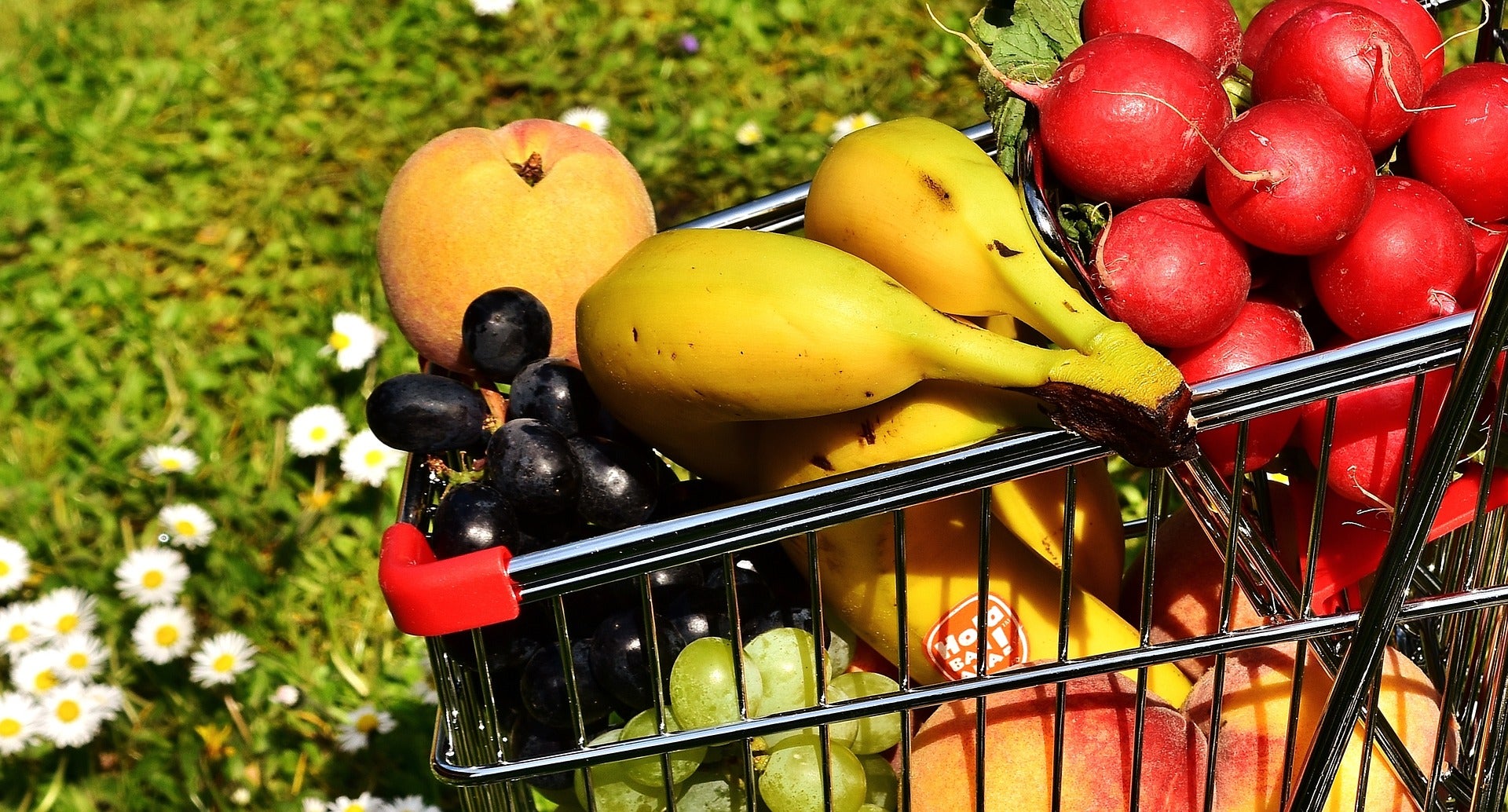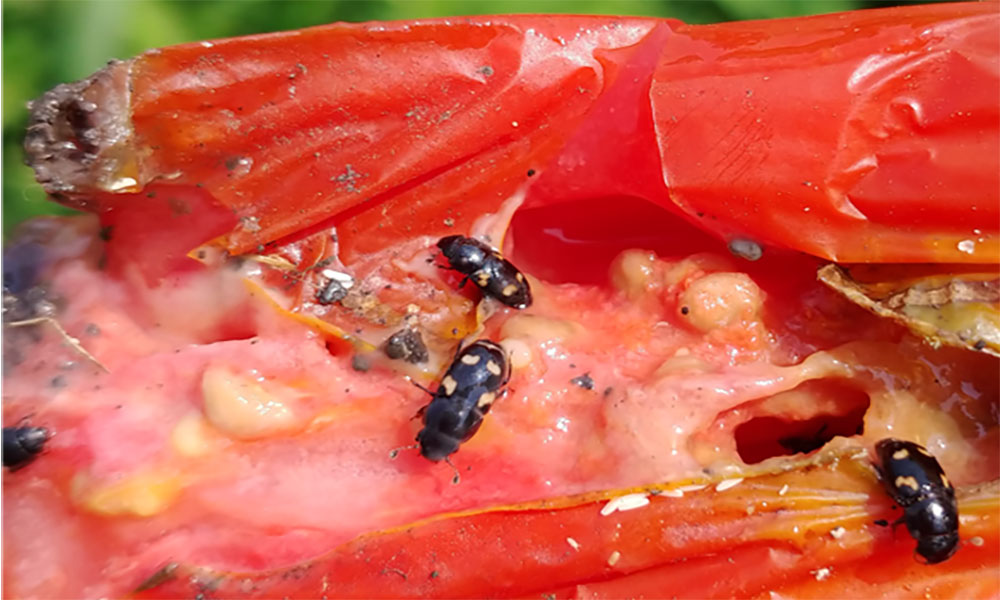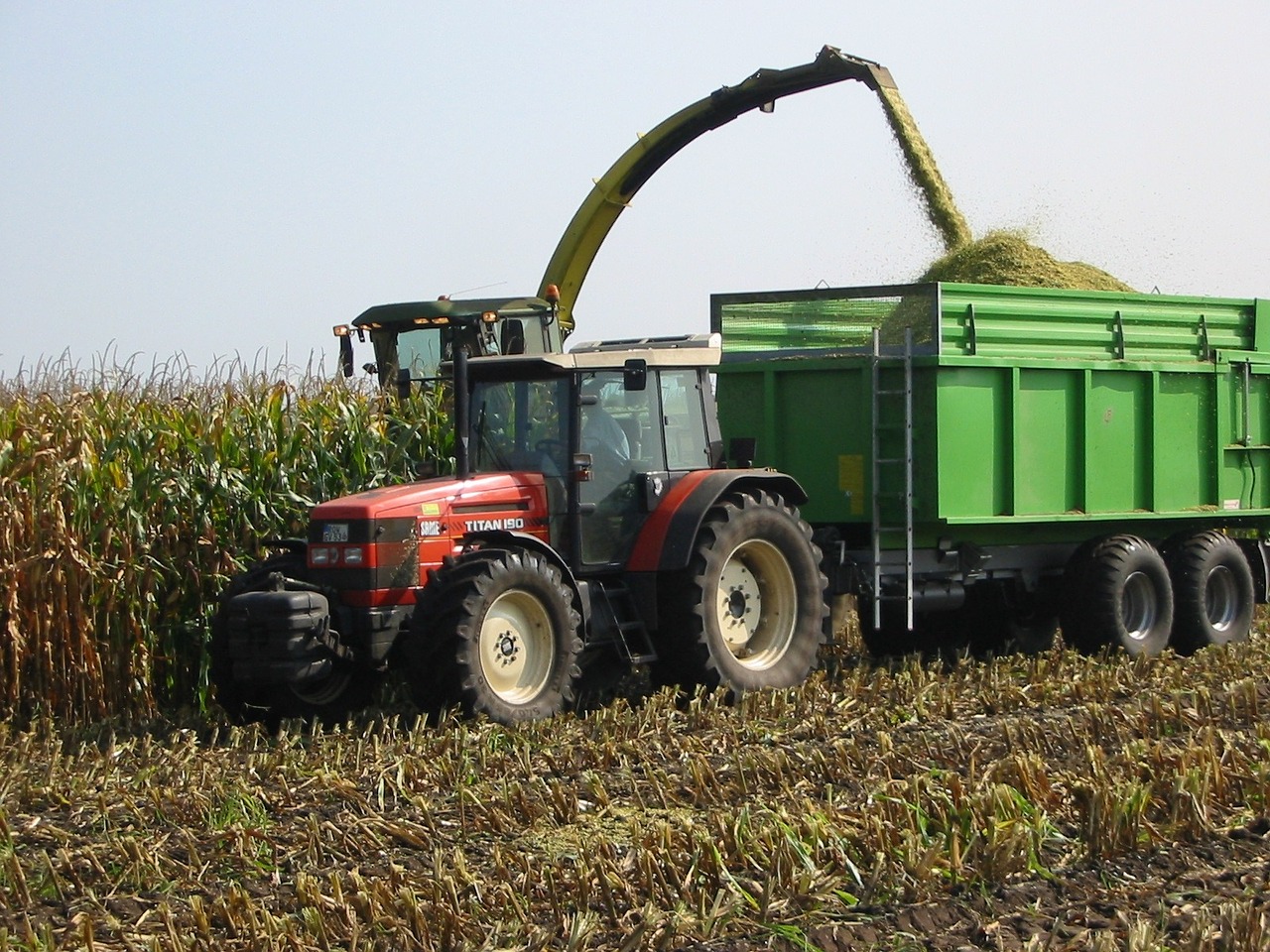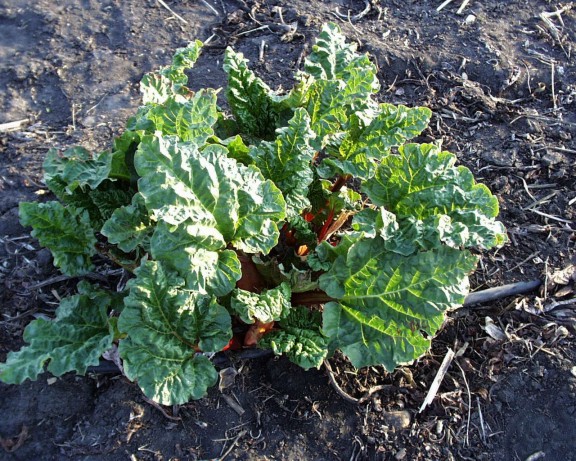Search

Salad Greens: How to Grow It
Salad greens, grown for their leaves, are cool-season crops. Most salad greens can be planted very early in the spring, and many will germinate in soil temperatures as low as 40° Fahrenheit.

Discussing Food and Agriculture in South Dakota: A Guide for Community Leaders
Food production and farming are issues that operate at the complex pivot point of where ecology and nature meet the marketplace and political systems. The way agriculturalists and communities handle their resources, both individually, and collectively, depends on their collective vision for the future.

Managing Production Costs To Boost Soybean Profitability
Soybeans are one of the major crops in South Dakota in terms of both acres planted and sales values. To determine the potential to increase net profit from soybean production, individual producers are encouraged to compare their own yields and input costs with benchmark levels.

Fall Grain Storage Tips
As the temperature drops, don’t forget to check on your stored grain. Although most of the South Dakota grain harvest was sufficiently dry this year, we still need to watch grain storage temperatures and conditions.

Interpreting Research Results: The Simple Way
Although research results and statistical terminology can seem overwhelming, understanding the basic concepts can be valuable for decision making. When making management decisions, don’t hesitate to ask for research results and statistics to back up marketing claims.

SDSU Extension Partners with Grocers for Double Up Dakota Bucks
February 22, 2021
Some South Dakota grocery stores are now offering participants of the Supplemental Nutrition Assistance Program (SNAP) a chance to double up on fresh fruits and vegetables.

Agronomic Considerations for Moisture Deficit Conditions
The current soil moisture stress in South Dakota could be more pronounced than we have seen in last few years. If this continues, cropping decisions may need to be adjusted for the upcoming growing season.

How Do I Keep Insects From Destroying My Garden Produce?
It is not unusual to see insects in a garden during the fall, but it can be frustrating to watch nearly ripe produce be destroyed by insects before it can be picked.

Herbicide Residual Effects on Cover Crops after Corn Silage
Fact sheet about herbicide residual effect on cover crops after corn silage.

Two Favorite Spring Vegetables
After a long winter with no fresh homegrown vegetables, many gardeners really look forward to that first spring harvest of asparagus and rhubarb.